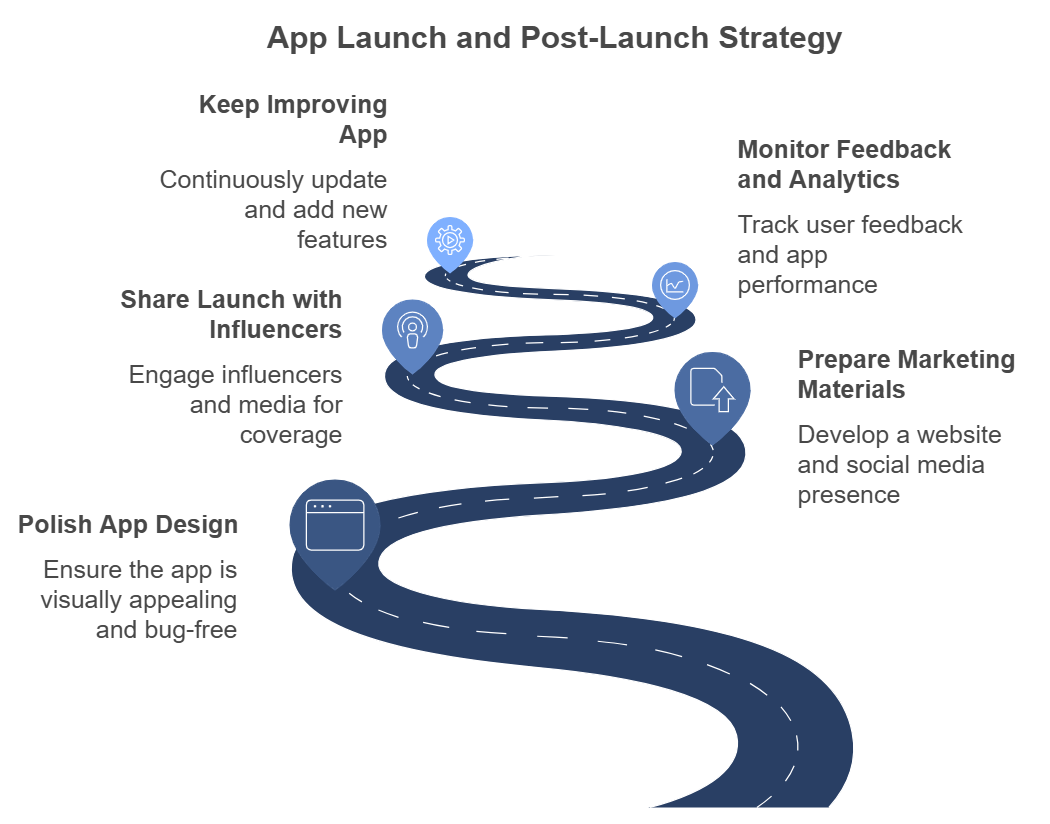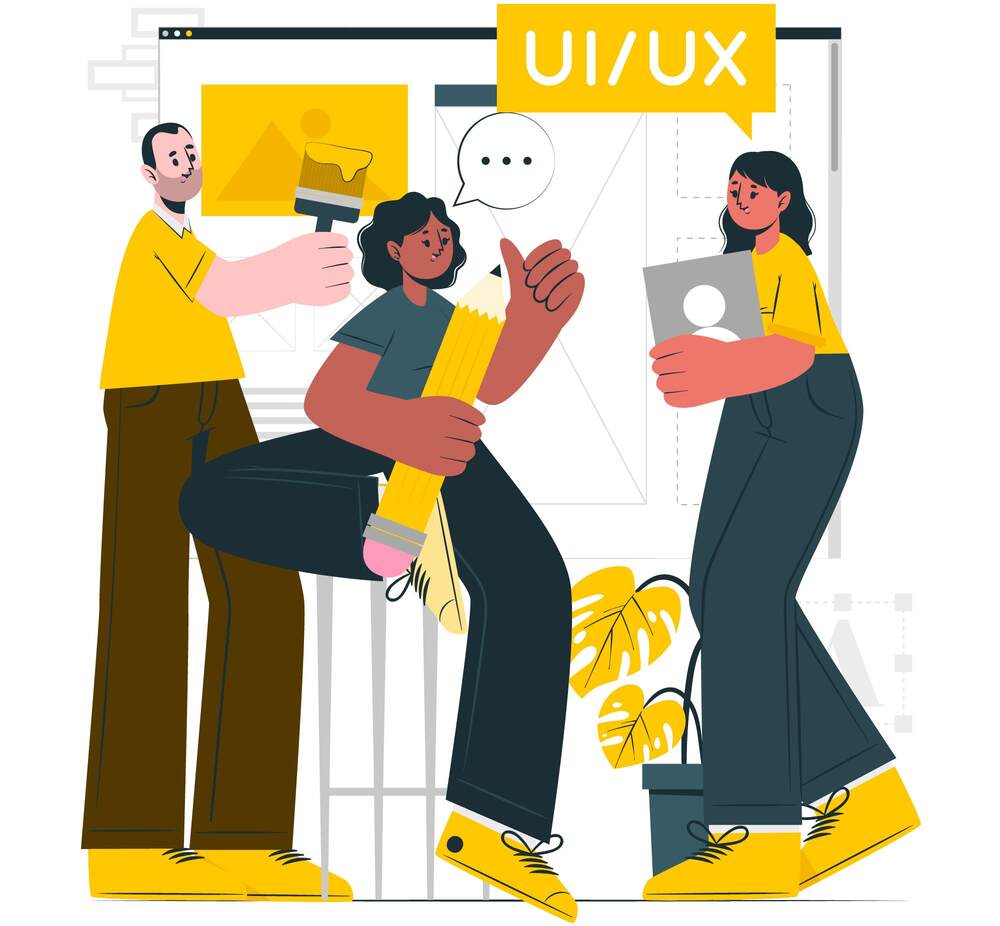
The app industry is booming, and it’s no surprise why. It’s a great way to make money, express your creativity, and build a successful business. But for many aspiring entrepreneurs, the idea of turning their app concept into reality can be daunting.
If you have an idea for an app but don’t know where to start, this article will provide a beginner’s guide on how to develop it from start to finish. We’ll cover topics such as researching the market, determining a budget, creating wireframes and prototyping ideas, testing the user experience, and launching your final product. With our guidance, you’ll be able to turn your dream into reality!
Introducing the Basics of App Development
App development is one of the most popular career paths today, allowing individuals to make money, express their creativity, and build a successful business. But getting started can be intimidating. First off, it’s important to have an understanding of what type of platform you want your app to run on; whether it’s Android or iOS (or both).
This decision affects everything from design decisions down to marketing strategies so it should not be taken lightly! Additionally, if you plan on releasing an MVP (Minimum Viable Product) first then consider which platforms are best suited for rapid iteration cycles – often times this means developing for iOS first since Android requires more time-consuming steps when publishing to the Play Store.
Researching the Market and Deciding Budget
Once you have these basics in place, it’s time to start researching your target market and user base. Who are they? What specific problem does your app solve for them? Are there any competitors out there who have similar offerings as yours?
This information is essential for developing a comprehensive strategy that will set you up for success. When researching the market for your app, it’s important to consider who your target audience is and what problem you can solve for them.
First and foremost, take a look at any existing competitors in the space to understand their offerings, how successful they are, and how you could potentially differentiate yourself. You should also gauge the size of the potential market and look into industry trends for further insight.
Once you’ve gathered this data, it’s time to create a budget for your app. Research the cost of hiring developers, designers, testers, and marketers (if necessary) as well as any licensing fees needed to launch the product. It’s also essential to consider ongoing costs such as hosting fees, maintenance, and customer service.

Creating Wireframes and Prototyping Ideas
Wireframes and prototyping are essential tools in the app development process. Wireframes are a visual representation of your app’s design, providing a blueprint for how each page or feature should look and function. Prototypes are more interactive versions of wireframes, giving users the ability to simulate how the app would work in real life.
Creating wireframes and prototypes helps you visualize how your app will come together and allows you to test out ideas quickly. It can be done manually with pen and paper or digitally using tools such as Balsamiq or Adobe XD. There are also specialized mobile app prototyping tools available like Origami Studio, which allow you to create an interactive prototype for both iOS and Android devices.
When creating these visuals, focus on user experience (UX) best practices. Consider things like user flow, screen layouts, typography, color palettes, and even simple animations that may enhance usability. Make sure the elements are visually consistent across the whole design while still allowing enough flexibility for further iteration based on user feedback.
Creating wireframes and prototypes allows you to identify potential issues early on in the process and make adjustments accordingly before investing too much time or resources into development. It is also an effective way to bring stakeholders on board with your vision as they can interact with it firsthand before any coding has begun.

Testing the User Experience
Once you have a prototype of your app, it is important to test the user experience (UX) in order to ensure that users are able to navigate and interact with the app successfully. This can be done through usability testing which involves putting potential users through tasks related to the main functionalities of the app and observing their actions.
The results from this can help identify any areas for improvement that can then be addressed before release. It is also important to consider accessibility when testing UX, as not all users may have the same capabilities or preferences when it comes to using technology.
User feedback is another valuable tool for gauging how successful your design is likely to be when released. Surveys, interviews, and focus groups allow you to get a better understanding of what people actually think about your product, which can provide valuable insight into how best to design it for maximum engagement.
Finally, analytics tools such as heat maps let you track user activity within your product so you can see exactly how they are interacting with it and use this data to inform ongoing development decisions.
Launching Your Final Product
Launching your final product can be one of the most exciting but daunting parts of the app development process. After months or even years, of hard work and dedication, it is essential to have a successful launch plan in place to draw attention to your product and ensure its adoption by users.
When launching an app, it is important to understand your target market and develop a comprehensive plan for launching your product across various platforms.
This includes optimizing for search engine visibility, setting up social media accounts, creating press kits, and leveraging influencers and other sources of promotion. Additionally, offering promotions such as discounts or free trials can help encourage people to try out your app when it launches.
Another key component of app launch success is marketing communication. Utilizing email campaigns or push notifications can help ensure users know about all the features available in your product, any updates you make during launch, and any promotions that you are offering.
Additionally, carefully crafted messaging around how using your product will improve user experience should also be communicated throughout the launch period. Finally, don’t forget that after launch day there is still work to do!
Continuous user feedback should be gathered with surveys or interviews to ensure that people are getting the most out of their experience with your product. Regularly updating content based on user feedback and engaging with users on social media can help keep people coming back for more over time.
Wrapping Up – Turning Your Dream into Reality
You’ve done the research, created wireframes and prototypes, and tested your app idea, and now it’s time for launch day! Turning your dream of building an app into a reality can be an exhilarating and rewarding experience. However, it does require hard work and persistence to be successful.

Some final tips for launching your app:
- Polish your app design and fix any bugs before launch. The first impression of your app is critical, so it should function smoothly and look professional.
- Prepare marketing materials such as a website, social media profiles, and promotional graphics to spread the word about your launch. Let people know why they need your app and what problems it solves.
- Share your launch with influencers and media contacts to gain coverage and reach new potential users. Offer discounts or promotions for early adopters to gain traction.
- Monitor user feedback and analytics closely after launch. See what’s working well and what isn’t, then make improvements. Engage with your users and be responsive to their concerns or feedback.
- Keep improving your app and adding new features over time. The most successful apps are continuously updating to keep users coming back. Regular updates show you are committed to the ongoing success of your app.

With hard work and persistence, you can turn your vision into reality. While launching an app is challenging, it can be an extremely rewarding experience to see your idea come to life and gain new users. Keep learning and never stop improving, and your app can achieve great success.
Ready to innovate and transform your business? Say hello to CodeBeavers!
If you are looking for ways to bring your product or app ideas to life? We’ve got your back. CodeBeavers has the tools and engineers you need to make your projects come alive. With CodeBeavers, you’ll be able to build faster than ever, deploy code with ease, and scale like never before. Send us your requirements now, and let’s start winning together.




